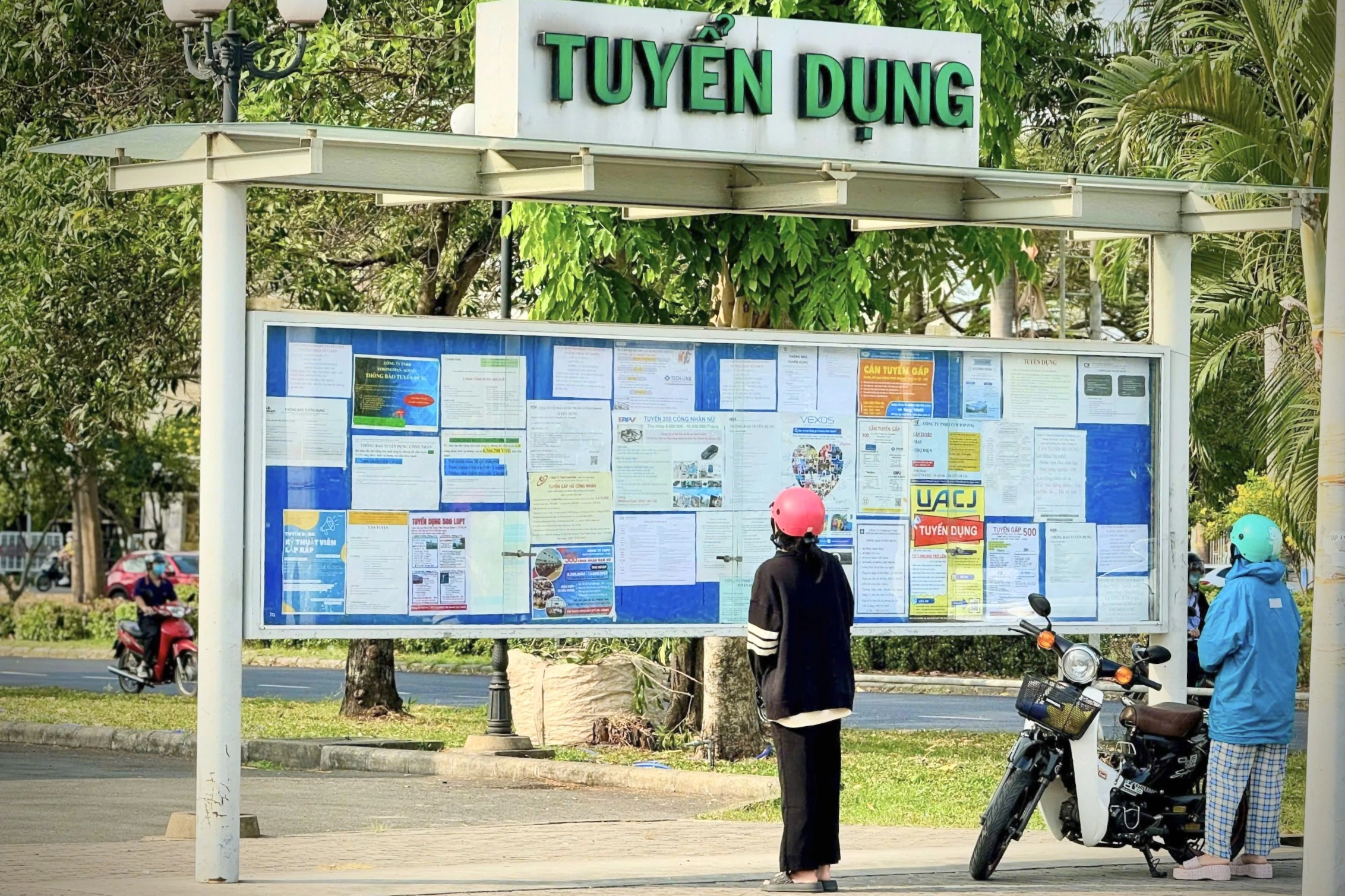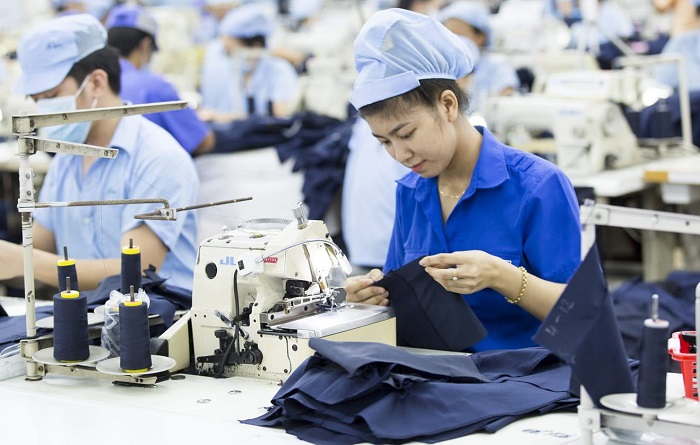As the Tet holiday of 2025 concludes, businesses across Vietnam are grappling with significant labor supply challenges and a shortage of skilled workers. Despite a surge in hiring demand within manufacturing sectors, the return rate of workers post-Tet has plummeted to approximately 30%, a stark contrast to previous years. This raises a critical question: how can businesses effectively bridge the gap between labor supply and demand in the current job market?
The growing challenge of hiring in Northern Vietnam
The post-Tet labor shortage is particularly pronounced in Northern Vietnam. Industries such as garment manufacturing, electronics, and general manufacturing are in dire need of additional workers to meet order demands. However, the pool of job seekers remains noticeably smaller compared to the same period last year.

The return rate of workers post-Tet is significantly lower compared to previous years. (Source: News)
In Southern Vietnam, the scenario is similarly challenging. Manufacturing companies situated in industrial zones in Ho Chi Minh City and Binh Duong are experiencing acute labor shortage, especially for unskilled workers. According to Ms. Nguyen Thu Trang, Head of Manpower Brand at Manpower Vietnam, up to 80% of businesses in these sectors—Manpower’s clients and partners—are actively seeking to bolster their workforce to meet production needs. Despite employing various recruitment tactics, including banners in industrial areas, social media job postings, and participating in job fairs, the outcomes have been far from satisfactory.
Several factors contribute to the sluggish labor market activity post-Tet 2025. A significant number of workers prefer to extend their holiday until after the First Full moon festival. This trend is particularly prevalent among unskilled workers from rural areas who wish to spend more time with their families. In addition, the rising cost of living and the pursuit of better-paying jobs with enhanced benefits have prompted some workers to remain in their hometowns and seek local employment opportunities.
Flexible Benefits: A Strategy to Retain Workers
In response to the labor shortages post-Tet, many businesses have implemented flexible benefits policies aimed at retaining their workforce. These measures include Tet bonuses, new year lucky money, and transportation support to incentivize workers to return promptly. Notably, some companies have adopted the practice of splitting the 13th-month salary into two payments—one before Tet and one after—to mitigate the risk of sudden resignations immediately following the holiday.

Laborers look for better-paying jobs with enhanced benefits after 2025 Tet holiday (Source: Le Huynh)
From the perspective of Manpower Vietnam, a company with over 17 years of experience in workforce solutions, Trang Nguyen emphasizes that most businesses prioritize benefits and compensation as key factors in employee retention. This approach encompasses organizing internal activities, enhancing the work environment, and conducting regular performance reviews to encourage long-term commitment. Beyond salary, bonuses, and allowances, today's employees also value additional benefits such as housing and transportation support, and workplace safety.
For skilled workers (basic level), salary increments and promotions based on year-end performance evaluations are effective strategies for motivating employees to remain and ensuring workforce stability.
Proactive Planning for Workforce Stability
Ms. Trang highlights the importance of anticipating labor fluctuations and planning recruitment and training activities before the Tet holiday to maintain business operations and alleviate the pressure of post-Tet labor shortages.

Today’s employees also value additional benefits such as housing support or workplace safety, besides paychecks.
(Source: News)
Notably, to optimize costs, many manufacturing companies are increasingly turning to temporary workers through staffing & outsourcing services. These flexible workforce solutions enable businesses to reduce the number of permanent employees, thereby cutting down on fixed labor costs such as insurance, training and development expenses, and administrative costs. More importantly, this model allows companies to scale their workforce in accordance with order volumes and production needs, avoiding the burden of excess labor during periods of low demand.
Partnering with workforce solutions providers like Manpower Vietnam has become the optimal strategy. This collaboration helps businesses swiftly recruit the necessary workforce while optimizing labor costs, allowing them to focus resources on core business and production activities.

